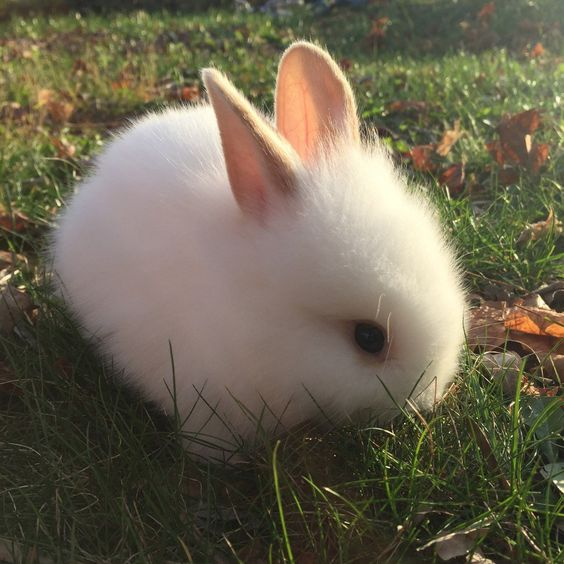1
2
3
4
5
6
7
8
9
10
11
12
13
14
15
16
17
18
19
20
21
22
23
24
25
26
27
28
29
30
31
32
33
34
35
36
37
38
39
40
41
42
43
44
45
46
47
48
49
50
51
|
use super::Renderer;
use ggez::{graphics, nalgebra};
use iced::image;
impl image::Renderer<graphics::Image> for Renderer<'_> {
fn node(
&self,
style: iced::Style,
image: &graphics::Image,
width: Option<u16>,
height: Option<u16>,
_source: Option<iced::Rectangle<u16>>,
) -> iced::Node {
let aspect_ratio = image.width() as f32 / image.height() as f32;
let style = match (width, height) {
(Some(width), Some(height)) => style.width(width).height(height),
(Some(width), None) => style
.width(width)
.height((width as f32 / aspect_ratio).round() as u16),
(None, Some(height)) => style
.height(height)
.width((height as f32 * aspect_ratio).round() as u16),
(None, None) => style.width(image.width()).height(image.height()),
};
iced::Node::new(style)
}
fn draw(
&mut self,
image: &graphics::Image,
bounds: iced::Rectangle,
_source: Option<iced::Rectangle<u16>>,
) {
// We should probably use batches to draw images efficiently and keep
// draw side-effect free, but this is good enough for the example.
graphics::draw(
self.context,
image,
graphics::DrawParam::new()
.dest(nalgebra::Point2::new(bounds.x, bounds.y))
.scale(nalgebra::Vector2::new(
bounds.width / image.width() as f32,
bounds.height / image.height() as f32,
)),
)
.expect("Draw image");
}
}
|
